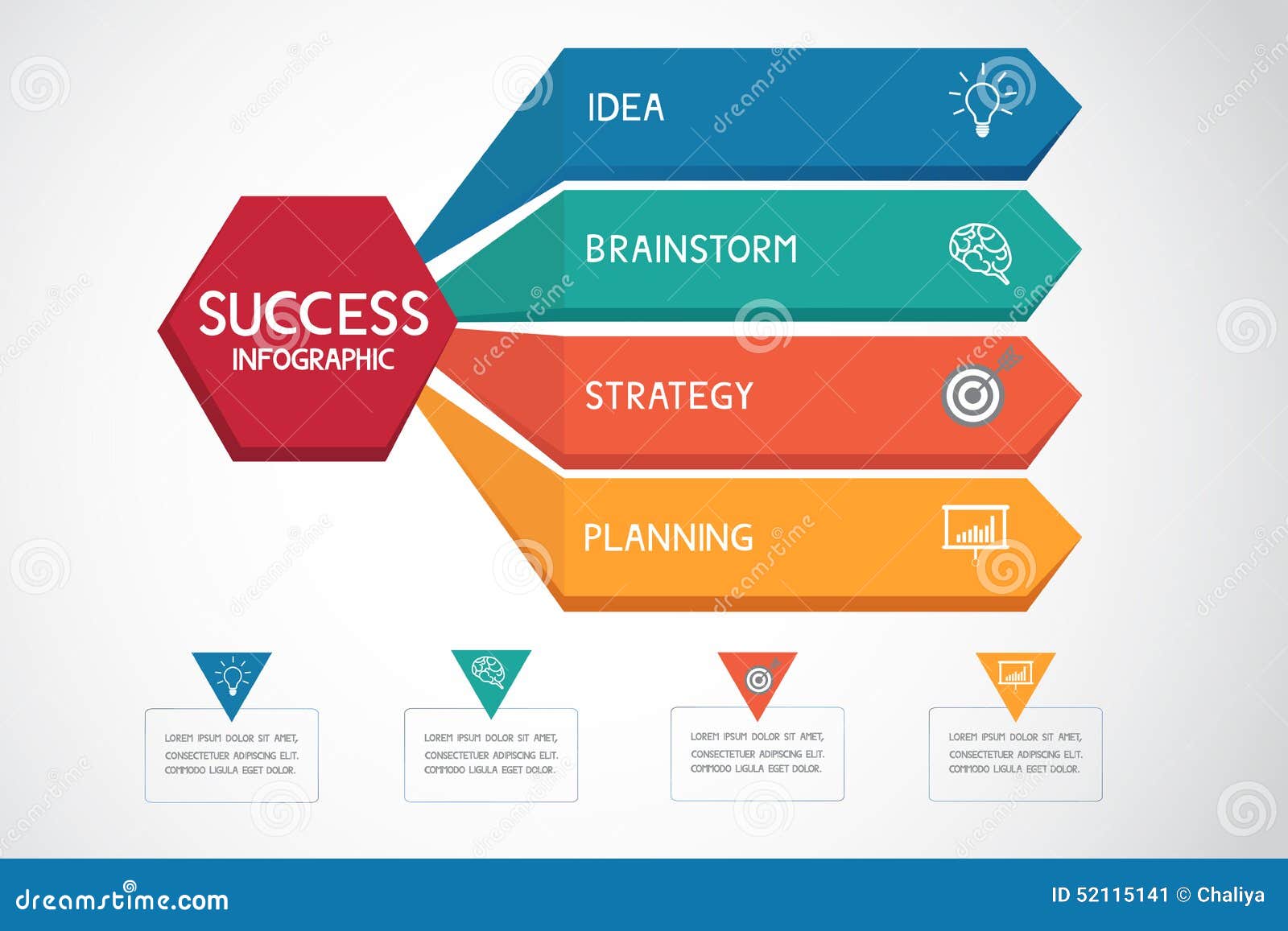Step-By-Step: From Idea To Launch - Website Design Process
Step-By-Step: From Idea To Launch - Website Design Process
Blog Article
Article Author-Shaw Strickland
So, you believe creating a site is as straightforward as slapping together a couple of attractive pictures and lines of code? Well, reconsider.
browse around this site of transforming a concept right into a completely operating web site is a complex journey that calls for mindful planning, careful study, and exact implementation. However anxiety not, for in this conversation, we will certainly guide you with the step-by-step process of website layout, from specifying your objectives to bringing your creation to life.
Get ready to dive into the world of internet site layout and find the tricks behind producing a successful on-line visibility.
Defining Your Web Site Goals
To begin the process of creating your internet site, you have to initially specify your goals. This step is crucial as it establishes the structure for the whole style process.
Beginning by asking on your own, what do you intend to accomplish with your web site? Is it to raise online sales, create leads, or provide information to your audience? Plainly expressing your goals will certainly assist lead the design choices and make certain that your site lines up with your general business purposes.
When you have specified your goals, you can after that identify the crucial performance indications (KPIs) that will measure your website's success. professional website designer may consist of metrics such as conversion rates, bounce prices, or typical session period.
Preparation and Researching Your Layout
Begin by conducting comprehensive research study and preparing to guarantee a well-informed and tactical site design. This essential action lays the structure for an effective internet site that fulfills your goals and satisfies your target market.
Here are 4 key tasks to finish during the planning and researching phase:
1. ** Define your target audience **: Understand who your web site is satisfying. Identify their demographics, preferences, and pain points to customize your design as necessary.
2. ** Conduct competitor analysis **: Research study your rivals' web sites to recognize industry fads and get understandings into what jobs and what doesn't. This will certainly assist you distinguish your layout and create an one-of-a-kind individual experience.
3. ** Develop a sitemap **: Arrange your web site's structure and material power structure to ensure very easy navigating and a logical flow for users. A well-structured sitemap improves individual experience and makes details conveniently available.
4. ** Create a material approach **: Strategy your site's web content based upon your target audience and their requirements. Determine what type of web content will certainly involve and inform your customers, and exactly how it will certainly exist on your web site.
Bringing Your Site to Life
All set to transform your web site from a principle to a fully practical and visually enticing online platform? It's time to bring your website to life.
This stage includes transforming your design right into a truth by coding and configuring the needed components.
First, you'll need to pick a Web content Management System (CMS) that fits your needs, such as WordPress or Drupal.
Then, you'll begin developing the internet site framework by developing the essential pages and organizing the material.
Next, you'll add the style components, consisting of shades, fonts, pictures, and video clips, to boost the visual allure.
Ultimately, you'll incorporate interactive functions, such as forms or chatbots, to involve your site visitors.
Throughout this process, it's important to check your site's functionality and responsiveness on different tools and browsers to make sure a seamless customer experience.
Conclusion
To conclude, the internet site design procedure is an important step in establishing an online visibility. By defining your goals, conducting detailed study, and bringing your web site to life, you can develop an effective online platform.
Remarkably, a research located that 88% of on-line consumers are less most likely to go back to a website after a poor user experience. This figure highlights the relevance of creating a straightforward site to guarantee a positive and engaging experience for visitors.
